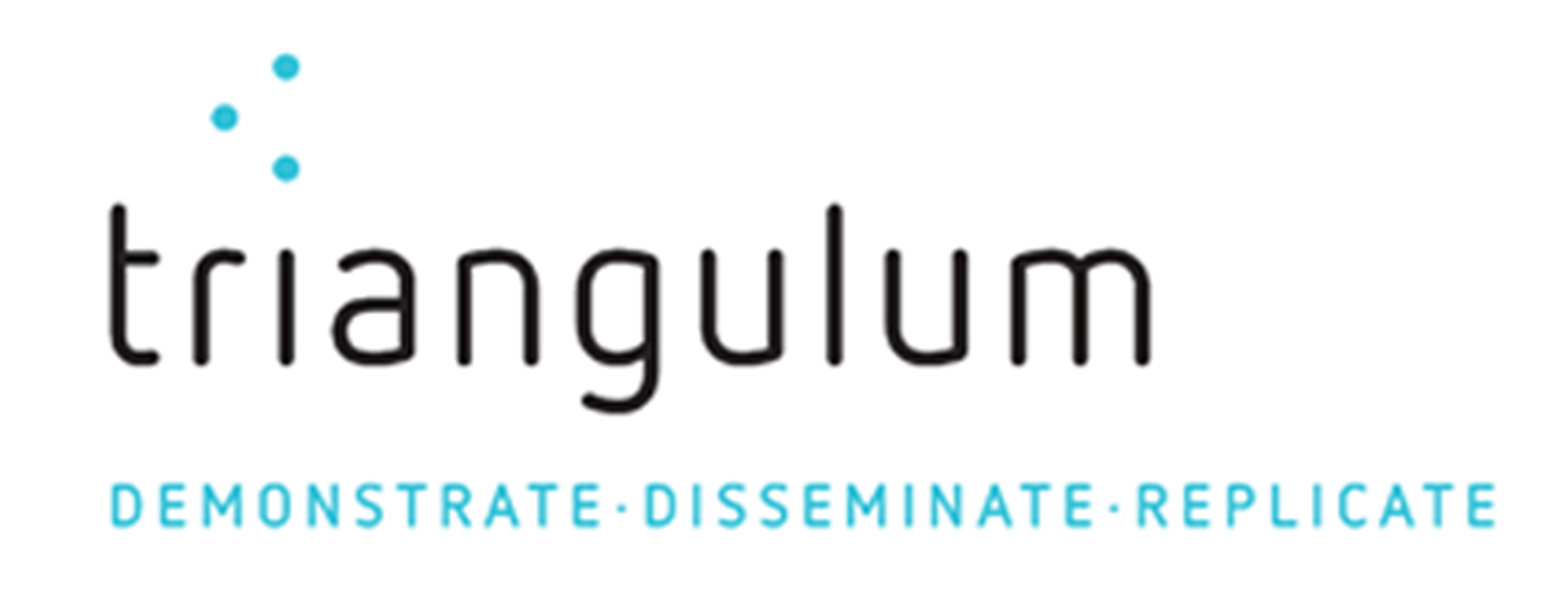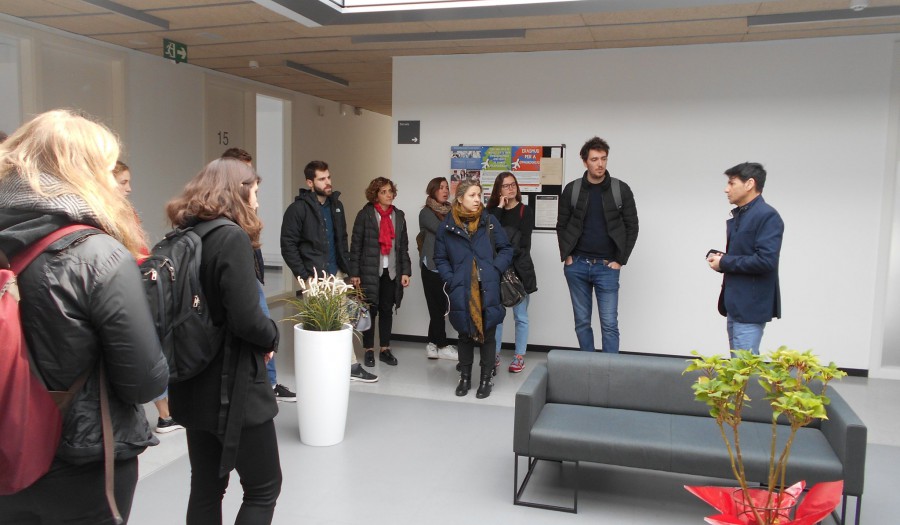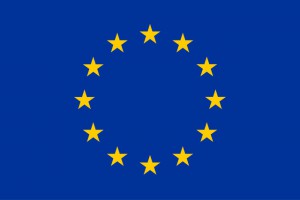On 23 March, students of the postgraduate course on smart cities from the Polytechnic University of Catalonia visited the Sabadell municipality. This field trip was part of a practical session carried out in several cities to learn more about the most innovative municipal services related to urban mobility, energy, knowledge economy or information technology and communication. Vice versa, for the municipality, it is important to learn about the students’ visions and to establish permanent links with the university and research institutes. Like this, the city council has the chance to leverage the transfer of external knowledge directly into the city in the area of innovation and new technologies, as established in the 2016-19 Government Plan of Sabadell.
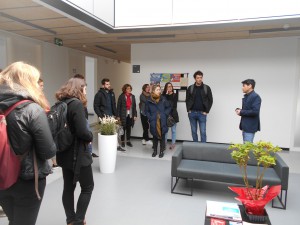
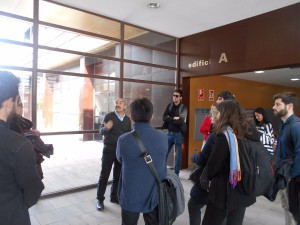
(Pictures: Triangulum Sabadell)
Similarly, on 20 March, around 20 international master students from the Barcelona campus of the Toulouse Business School met with the city council at Sabadell’s Vapor Badia library. They talked about collaboration possibilities to implement Triangulum’s actions established in the Follower City Implementation Strategy of Sabadell by identifying applicable methodologies for acceleration of the entrepreneurial ecosystem of Sabadell in the fields of sport, health and urban innovation.
With the help of the municipal officers of economic promotion, mobility, and social housing, students have been able to visit the facilities of the Centre of Industrial Companies of Can Roqueta (CEICR), the traffic control centre and the Alexandra building, which hosts the Ponent Library and a housing compound for the elderly. Moreover, the city promotion and innovation officers also provided a short presentation of the Triangulum project.
The municipal councillor for “Innovation and City”, Miquel Soler, highlighted the importance of these collaborations with universities located within our geographical scope: “Sabadell will not be innovative based on the amount of technology that has been implemented in the public space or the municipal services, but because of its ability to better connect the various innovative actors, including universities and research centres, which are located in the city and its surroundings. The City Council plays a key role in this objective, and projects we are involved in such as Triangulum or the Sport and Innovation Network, are tangible examples.”
Students have been informed about the Triangulum project and its objective of implementing 10 actions in Sabadell in the field of mobility, energy and ICT, based on the replication of experiences of the three Lighthouse Cities Manchester (United Kingdom), Eindhoven (Netherlands) and Stavanger (Norway). Among them, a special focus has been put onto the digital platform for real-time data integration, which is being developed by the municipal IT department, and the acceleration of the economic sectors linked to health, sport and urban innovation, driven within the framework of the Sport and Innovation Network (Xarxa esport i innovació).
At the CEICR, students learned about the function of this unique facility, focused on hosting business projects and newly created companies which aim to help their creation and consolidation, and offer multiple support services and advice, with the opportunity to interact daily with more than 40 different companies / activities.
In the traffic control centre, located in the municipal offices of Can Marcet, they have been able to check the real-time information available on the various screens, which allow constant monitoring of the urban bus network, traffic lights crossroads or incidents in underground tunnels or traffic cameras.
Finally, in the Alexandra building in the Can Rull neighbourhood, they have visited the geothermal energy installations, which provide heating and water to residents in the building, as well as other innovations in passive elements that make this building an example of energy performance with an energy rating “A” – the most efficient possible.
